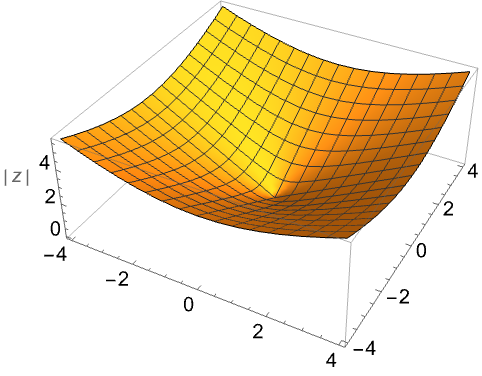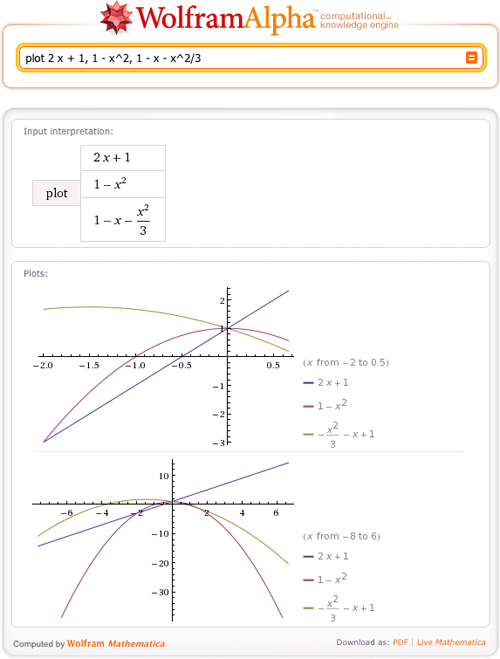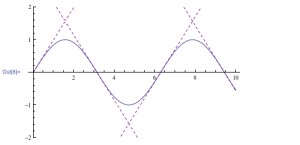
Game theoretic problems are so multifarious, despite many common features, that no standardized software seem to have emerged. A second criterion is ease of programming. One relevant criterion is speed of execution (minutes, hours, days). It may be that recruitment companies have commissioned research of this type before, or you can access polling companies to find out if they’ve done anything on this.Īlternatively, subjective impressions/opinions? The objective is to determine Nash equilibria and various optima for each player. In the specific example of career deliberation you may be best trying the two-step approach. Regulators do inspections, using gov.uk etc)


More broadly you can look at a system and identify which organisations collect which information within that system (e.g.

You can also try a two-step approach by first searching for organisations which are likely to collect that information (governmental, charities, academic, survey companies) and then approaching them. There are many ways to find statistics/figures – for example using advanced search operators like site:ac.uk or filetype:xlsx will help you narrow your search, or specialist search engines like Zanran (which you mention) which focus on tables and charts. You can paste your own data and solve the problem.Įmail response from Paul Bradshaw (Birmingham uni) of : " Hi Hashem, this is quite a broad question and so the answer is hard to give. There are easier ways of doing this and I can send you a little C source code to implement the procedure, but having it in a spreadsheet also illustrates the process. The button runs through all of the reasonable combinations. This gives you a statistical measure to guide your selection of which points to include in the linear regression.

The group yielding the smallest product of sigma*T (uncertainty) should also yield the largest F-value. Fewer points yields lower sigma and higher T, while more points yields larger sigma and smaller T. This is the same result you would get by multiplying the standard deviation times Student's-T and finding the minimum uncertainty. The grouping of points yielding the highest F-value is the best choice. I digitized the data points and pasted them into an Excel spreadsheet, then I set up the regression in a double loop using the LINEST function, which returns both R² and F-value. I found the ideal curve on Wikipedia, then I found an actual data set with a Google search of images.


 0 kommentar(er)
0 kommentar(er)
